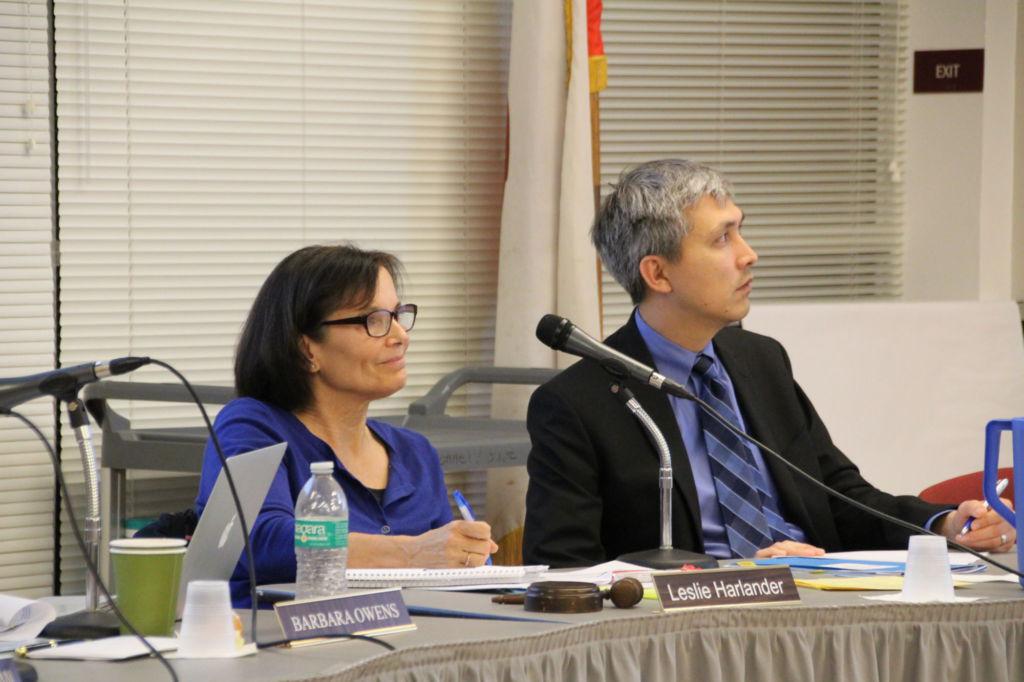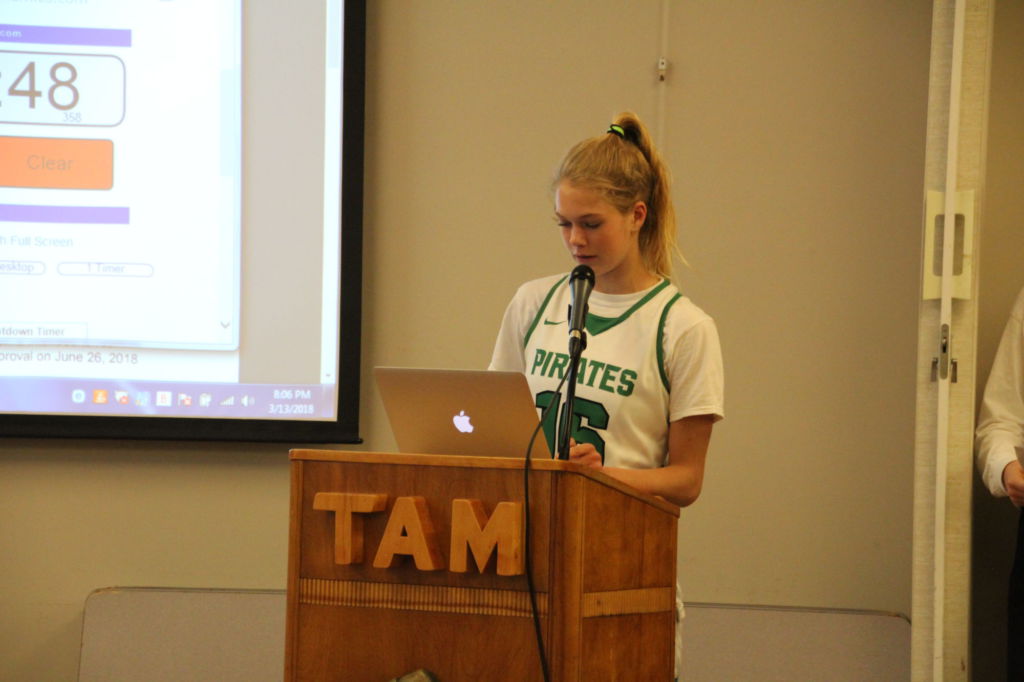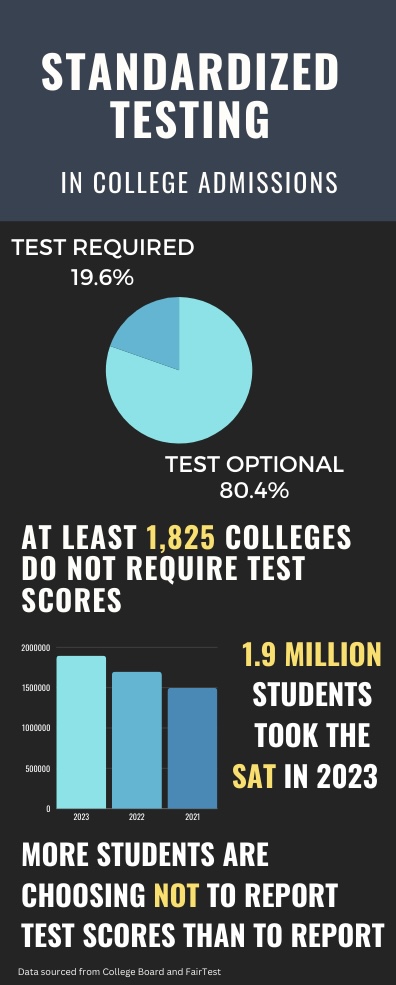The Tamalpais Union High School District (TUHSD) is projected to reach a $6 million structural deficit as district funding has surpassed the budget. Within the next four years, the district hopes to balance the current deficit through adopting a district-wide parcel tax as well as pursuing alternative methods of revenue sourcing through the newly adopted budget reduction and recovery plan.
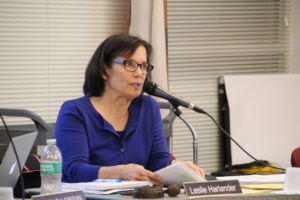
This structural deficit is attributed to enrollment growth, increased employee numbers, growth of the Special Education department as well as network infrastructure upgrades, in addition to other educational facilities such as the portable classrooms, according to the TUHSD First Interim Report.
As TUHSD is a basic aid district, funding is acquired primarily through property taxes and receives no general purpose state aid. With increased enrollment over the past four years, the district has struggled to account for the number of growing students in the budget as the state does not provide supplemental funding for additional students, according to TUHSD Assistant Superintendent Tara Taupier.
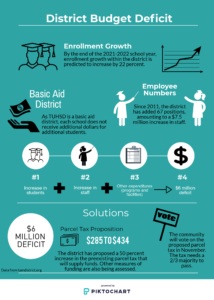
“I think all of the schools are feeling the enrollment growth. Hallways are more crowded, bathrooms are more crowded, classrooms are more crowded,” Taupier said.
According to Taupier, the increase in student enrollment prompted the growth in staff and faculty numbers in order to maintain the contractional ratio of students to teachers in the classroom. Since the 2010-2011 school year, the district has added 67 full-time equivalent positions, amounting to a $7.5 million increase in staff expenditures alone.
“We knew the deficit was coming. We knew we were going to see an increase in cost with our growing student population and the rising cost of portables and construction, which has gone up significantly. Things being a little more expensive and a little less predictable has put us in a position of deficit spending more than we had anticipated,” Taupier said.
To balance the current deficit, the district is organizing a parcel tax projected to take effect starting in the spring of next school year, according to Taupier. A parcel tax is a form of property tax, based on the assessed value of real estate, used in California for the funding of public education. This tax is placed on any family who owns property in the district.
To implement the parcel tax, the measure requires a 2/3 majority on the Nov. countywide ballot. According to Taupier, the district hopes to increase the parcel tax by 50 percent for the budget to be balanced within the next four years. The existing parcel tax, passed in 2012, will increase from $285 to an estimated $434 per parcel, according to Taupier.
Taupier hopes the parcel tax will maintain the current educational standards, so cuts can be made outside the classroom instead of within.
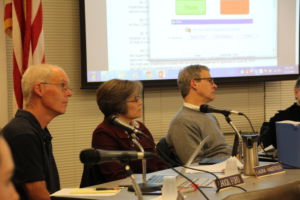
“Our job is making sure we are protecting instructional integrity,” Taupier said. “We are protecting programming and the educational services being offered to students, so we need to take a hard look at what is essential for us in order to do the best that we can to serve students and make sure that the new budget plan will ensure student needs.”
Although the parcel tax will assist the deficit in providing a source of revenue for the district, the tax alone will not be enough to balance the $6 million deficit. According to Superintendent David Yoshihara, other methods of revenue sources are being discussed with the Financial and Local Control and Accountability Plan (LCAP) Committee, a collection of parents, staff, community members, board members and students that provides recommendations for budget changes.
“My intention is to collect stakeholder input over the next four to six weeks on new ideas and develop categories of where those could fit into programatically, and then I would bring them back to the LCAP group who would then let me know which ideas they would recommend,” Yoshihara said.
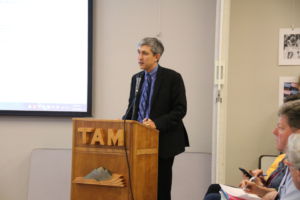
Implementing ideas for balancing the deficit outside of the parcel tax have been particularly challenging for Yoshihara and Taupier, as the County Office will not consider the parcel tax until it passes, leaving the district with underdeveloped ideas for alternative revenue sources.
“There are two parallel paths you take. You can plan for the parcel tax and you plan for your worst case scenario. We are just at the valuing stage, not as much the nitty-gritty details of what it would actually look like,” Taupier said.
At the current rate of deficit spending, the district will deplete its financial reserves within the next three years, dipping below the required minimum for reserve levels, according to Taupier. Because of the severity of this fiscal solvency, the Marin County Office of Education has required a deficit reduction and recovery plan to be submitted as a component of the second interim budget report, according to the district website.
To jumpstart budget reductions, the board has issued the suspension of the Teacher Leadership Model as well as the layoff of multiple positions around the district, including librarians from Redwood, Drake and Tamalpais. In addition, the director of Wellness, Jessica Colvin, has been laid off from her position, and further cuts to the Wellness program will be made moving forward.
Deputy Superintendent of Marin County Schools, Terena Mares, has worked closely with the board to provide supplemental oversight in the budget reduction and recovery plan.
According to Mares, although she has been working with the district in an advisory role for budgeting over the past few years, she decided to heighten her involvement in recent months to ensure the district does not increase the current depth of its deficit.
“We stepped in this time because we wanted to make sure the board didn’t wait too long to implement some of the strategies that they had been talking about. When a school starts making course corrections to their expenditure plan early on, it is much less impactful for students,” Mares said.
According to Mares, the county office serves as an intermediary agency between the state of California, the appropriator of school funds and the school district. The county office cannot enforce specific changes under the current budget but instead works with the district and budgeting committees to prevent future revenue problems. If a district fails to act upon a faulty budget, the county can step in and disprove a district’s budget, administering required changes in troublesome areas.
“Right now we are working very closely with the district’s financial officers in how they identify and develop their expenditures and their revenue. We work very closely with the superintendent to give either a thumbs-up or a thumb-down on whether we agree or support their revenue forecast,” Mares said.
According to Mares, the county office has pushed for additional budgeting attention to issue the parcel tax before the deficit increases.
“When we see that structural deficit not being erected quickly enough, we step in to address that. The board is aware of the budget problems and this has not been a surprise at all. We are just encouraging them to step up their efforts, especially because of the depth of the projected deficit,” Mares said.
Due to the severity of the threat to the district’s fiscal solvency, Mares has required the reduction and recovery plan to be submitted with the second interim budget report. As a part of this recovery plan, the district board has issued a series of program cuts to help alleviate the depth of the deficit. Although discussion surrounding an increased parcel tax is ongoing among the community and board members, the tax itself will not be enough to cover the $6 million expenditure, requiring rapid reductions of expenditures.
The suspension of the Teacher Leadership Model will take effect at the beginning of the 2018-2019 school year and is estimated to be resumed the following school year. The one-year suspension of the program is projected to save the district almost $1 million, as the cancellation will dismiss formal teacher leadership roles and eliminate summer work, release days, release periods and stipends, as outlined by the Teacher Leadership Model criteria.
According to the Teacher Leader of the Social Studies department, Lisa Kemp, teacher leaders bridge the communication between administration and teachers, one of the largest components that will be lost with the suspension of the Teacher Leadership Model.
“The district thought that cutting the program would be a less controversial move as it does amount to a lot of money. I think that the schools are stronger with this type of leadership model rather than each department having a representative that just sits around,” Kemp said.
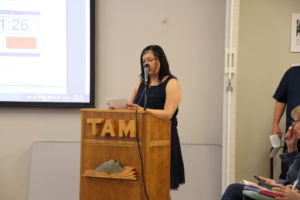
Numerous members of the community, including students, teachers, parents and TUHSD staff, both former and current, have stepped forward to address their concerns with the recent program cuts. At the most recent board meeting on Tues., March 13, six students, including Redwood senior Vicens Vila-Coury and five students from Drake, spoke directly to the board to vocalize their dissatisfaction with certain program cuts and advocate for reform in the Budget Adoption Resolutions.
Junior Georgia Scott from Drake High School was one of the many students who stepped forward to advocate for reconsidering the district-wide elimination of librarians.
“I am not alone in the physical and mental support students receive from our athletic trainers. Our librarians are deeply important to me, and I will not sit by and watch them go. Not only am I an athlete, but I am also a student, and I refuse to be acknowledged as anything less,” Scott said at the board meeting.
Vila-Coury stepped forward to speak about the elimination of the librarians throughout the district, as his close relationship with Redwood’s head librarian Adriana Perez, among other librarians in previous schools, has played a critical role in the development of his educational experience.
“In a time where access to meaningful, credible and rigorously collected information is of undeniable importance, losing our librarians to budget cuts is short-sighted and an incredible disservice to students,” Vila-Coury said.
The district holds open meetings to receive insight on the parcel tax and other budget recovery propositions from the community twice a month. These meetings take place in the Kreps Conference Center at Redwood, and the next meeting will take place on Tuesday, March 27 at 6 p.m.







